As responsible travelers evolve, so do the stories we share.
This article is part of our living archive — trusted content we continue to care for.
First published on September 15, 2023 • Last updated on June 3, 2025.
“Do you know Mindo’s first woman bird guide? Her name is Julia Patiño.”
Mindo, Ecuador, located within the UNESCO-designated Choco-Andino Biosphere, is known to birdwatchers worldwide for its amazing biodiversity. To see many species, one merely walks into the garden of a local eco-lodge and observes the colorful tanagers, spirited hummingbirds, and even stately toucans with their heavy beaks. But to find the hidden birds, those that refuse to come to feeders, that hide in the dense growth of the cloud forest, you need a great birding guide.
When asking for local recommendations, a name that often comes up is Julia Patiño.
Julia is one of Mindo’s original birding guides, a small group that received local training as naturalist guides back in the 1990s. She was not the only woman in the class. However, she is the only woman who became a practicing guide. Welcome to a story that’s anything but average; welcome to the extraordinary world of Julia Patiño.
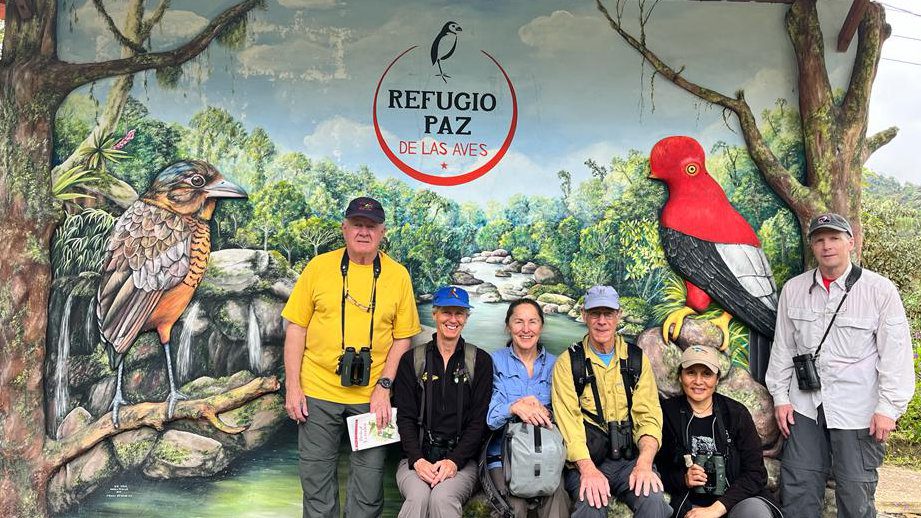
Interviewing Julia Patiño
A short while ago, I had the honor of interviewing Julia Patiño via a Zoom call. While a video screen often creates a barrier for an interviewee, Julia embraced the opportunity to forge a meaningful connection. Her captivating warmth and unwavering enthusiasm made the conversation an easy one. With her son nearby to manage any technical difficulties, we dove into a conversation that lasted more than an hour.
As Julia spoke with conviction about her passion, birdwatching, her face lit up. I could see her lean into the screen and, if we had been sitting together at a coffee shop, I could imagine her reaching out across the table to grasp my hand for emphasis. She is a person who is in constant motion.
Perhaps, this is partly due to her upbringing. Like myself, Julia was not born where she lives today. When she was a little girl of about 5 years old, her family moved from El Guabo in the El Oro Province of Southern Ecuador to Mindo. Her parents were farmers who could no longer make a living down south. In the late 1970s, Southern Ecuador suffered a severe drought that lasted several years. Therefore, the family was searching for new opportunities. They came to Mindo, without any idea that this move would offer their daughter a completely different kind of life than any of them could imagine.
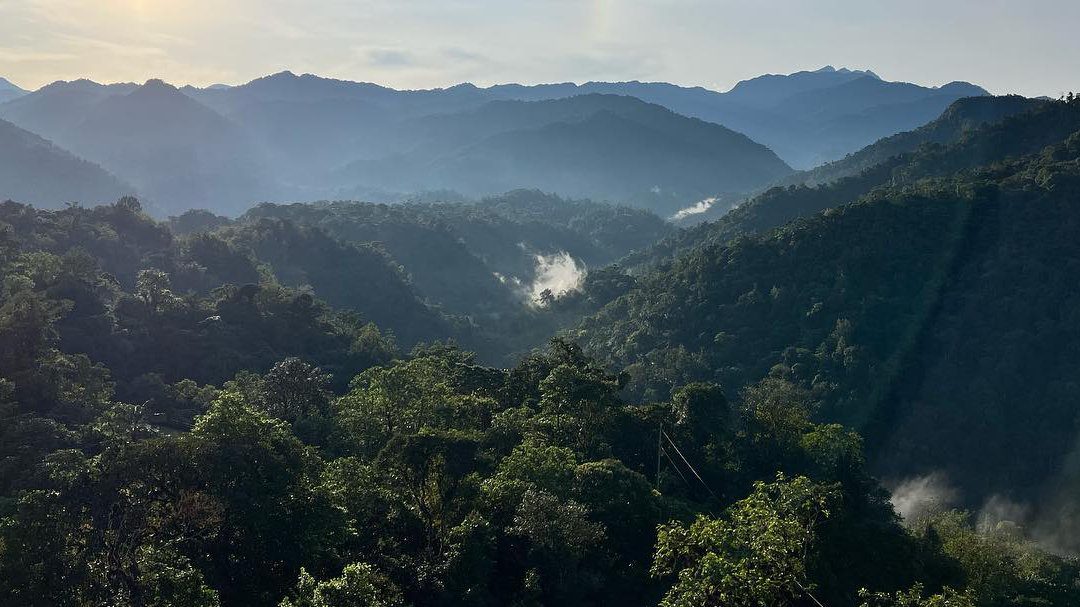
Small Town Mindo
In the 1970’s, Mindo was a very small town. In Julia’s words:
When my father came to Mindo, it was very small and there was a lot of rain. We only had one road that came to town. There was not an Eco-ruta. Only the Nono – Tandayapa – Mindo Road. And there was only a bus that came from the San Blas Plaza in Quito and then went on to Puerto Quito. When we moved to town, the bus came only on Tuesdays.
Since her parents were farmers, they continued working in agriculture. Her father was hired to chop down trees. Then he was paid to plant crops in fields where the cloud forest had recently stood. He also chopped down more trees to make cow pastures. The fertile cloud forest soil provides an abundance of nutrients to grow pasto miel (honey grass) beloved by farmers for fattening cows and sweetening their milk. That grass then survives even after the soil has been depleted. This remains true today and why it is so important to conserve cloud forest lands. Too many forests are being cut down for the next cow pasture.

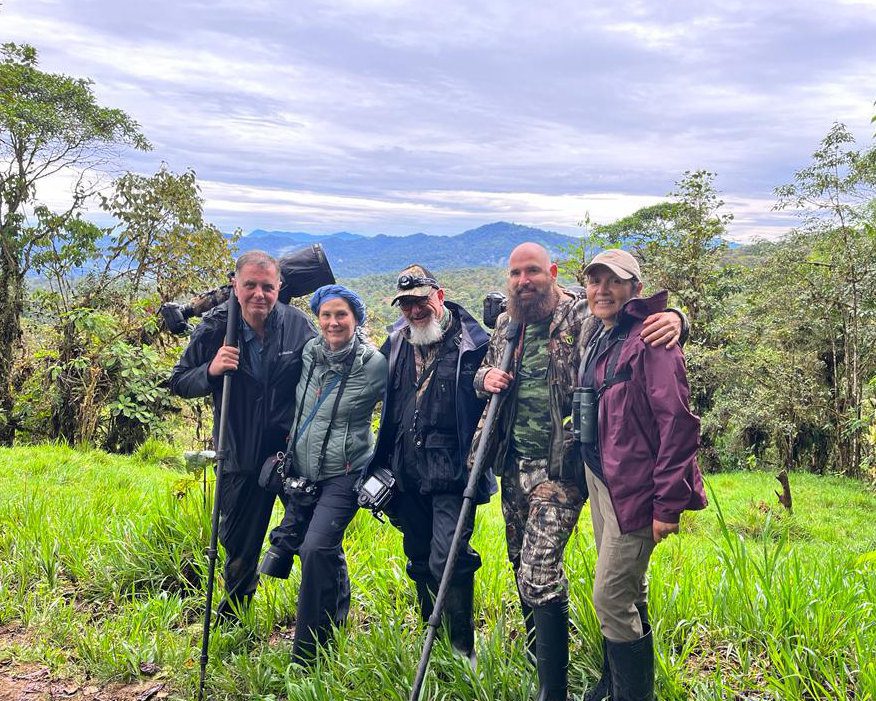
Planting Seeds
Eventually, Julia also went to work in the same fields as her parents.
As is common in Ecuador, Julia’s family could afford to send her to elementary school but not to high school. The fees, the books, the clothes, everything associated with a high school education was expensive. This is still true today for many rural families. But Julia decided that she wanted to study.
In elementary school, she had been fortunate to be introduced to nature and the environment through an organization called Amigos de la Naturaleza, founded by Pedro Peñafiel, María Elena Garzón, Cecilia Pérez, and others. These individuals helped place Mindo on the map for naturalists worldwide.
For Julia, this introduction encouraged her to want to study more. Therefore, at 13 years old, she went to work for Don Miguel Falero. One day, while sowing seeds in a field bordering the cloud forest, she stopped to admire a guajalito. She revered the iridescent green and red bird as it sang from its perch. She was completely enraptured by its song.
Little did she know that behind her was Don Falero, sitting atop his horse. Smiling, he said to her, “Julia, I predict that you will live as one with the birds.”
At the time, Julia could only respond, “No, I don’t think so. But I do like to watch them.”
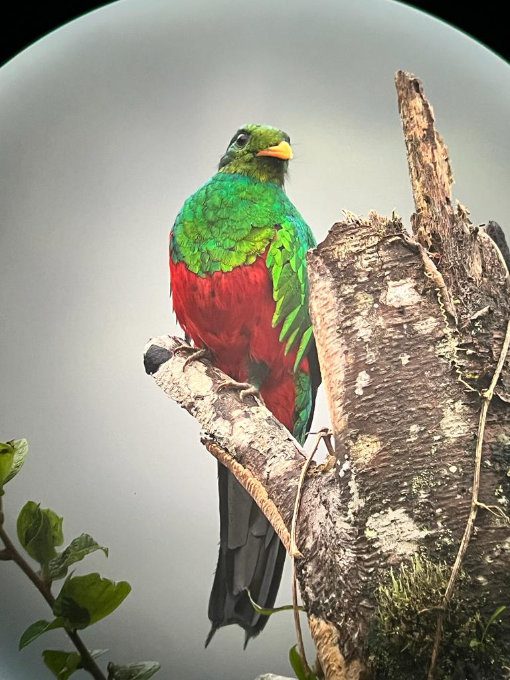
International Travel
With the money she saved from working as a field hand, she went to high school and graduated. Then she was offered the opportunity to be a nanny for the children of an architect living in Spain. While spending time in both Sevilla and Granada, she did more than work. Her host family encouraged her to visit museums and immerse herself in local art and culture.
She was fortunate to attend the Sevilla Expo ‘92, a celebration of the 500th anniversary of Christopher Columbus’s voyage to the Americas. In attendance were countries from the New World, including her own Ecuador. She experienced firsthand how tourism connects people across oceans.
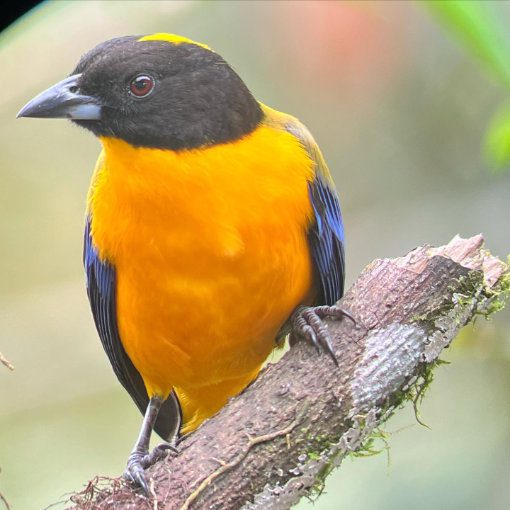
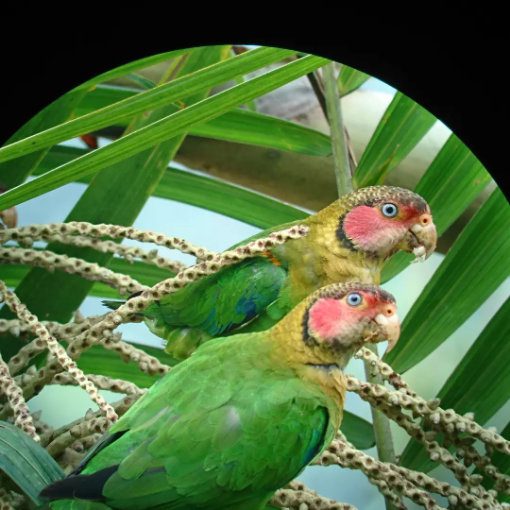
An Unexpected Opportunity in Mindo
Julia eventually came home. Time passed and she hadn’t yet followed up on Don Valero’s prediction. While she still loved birds, she was married and raising children.
But then, in 1998, Amigos de la Naturaleza hosted their first training course for naturalists guides in Mindo under the direction of Umberto Ochoa. She knew she had to take part. With the blessing of her supportive husband, she joined several other interested community members taking the course. Together, they studied local flora and fauna and learned how to identify birds from their calls.
At the time, not one of the students owned binoculars. No one had access to a spotting scope. The guidebook they used was also less than optimal. It provided a list of birds in English, Spanish, and Latin. It had no pictures, no descriptions of birds or their habits. It was merely a list.
Julia used to take her colored pencils and a small notebook on her nature hikes so that she could record the species and better remember them. She soon became very adept at identifying birds from a distance only by their song or flash of color.
Before she had officially graduated with a certification, the Director of Amigos de la Naturaleza came to her with a request to accompany an American couple as a birdwatching guide. She felt unprepared, saying, “I don’t have binoculars. I don’t speak English. What am I to do?”
Don Omar replied, “You have good eyes. Use them.”
And so she went.

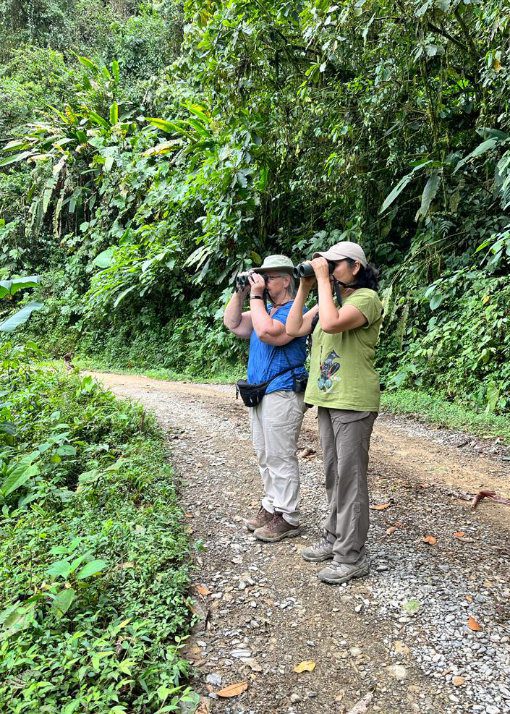
Julia’s First Birdwatching Clients
Fortunately, her first two clients came with a translator. They also brought binoculars. Julia readily spotted birds, pointing them out for her clients. They would look through those binoculars and ask Julia the name of the bird. She would open the guidebook of names in three languages and point at the correct one. They were amazed that she could identify birds that she actually couldn’t see. They asked her how she did it. She simply explained, “The birds are singing.”
At one point, they handed her a pair of Swarovski binoculars and it was Julia’s turn to be amazed. She was able to see the bird up close and make out its details, not just its colors. It was a life changing experience. At that point in time, she knew she needed to work hard enough to buy a set of binoculars for herself.
At the end of the day, the couple tipped her about $20, an amount that equaled a few days of work in the fields around Mindo. Birdwatching was about to transform the lives of Julia and her family.
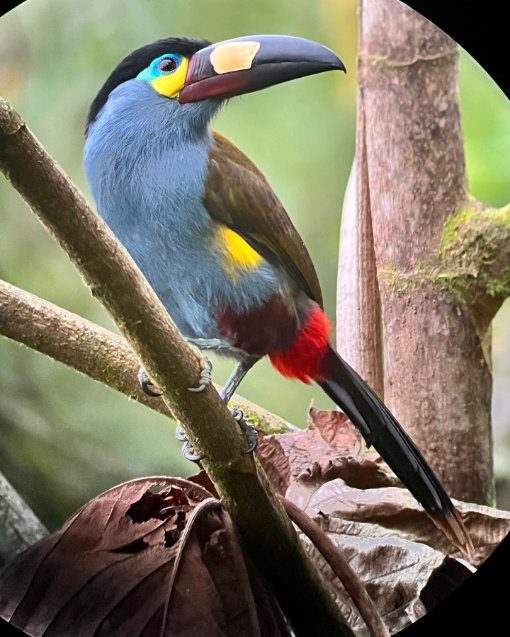
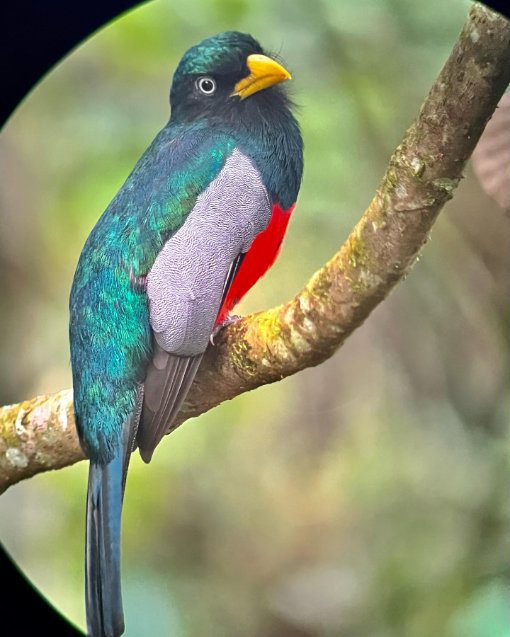
Mindo’s First Woman Birding Guide
And that’s how Julia became the first woman birding guide in Mindo.
Twenty-five years later, Julia is a sought-after birding guide, known for her ability to find hard-to-see birds, her astute photography skills that use a spotting scope and cellphone, and her excellent rapport with her clients. She still relies on bird sounds for many of her identifications. Moreover, she also owns a pair of Swarovski binoculars and spotting scope.
Julia travels as widely as possible to learn about birds in other locations. Sometimes these trips are in her own country, like when she and fellow Mindo guides went south to the rarely visited Podocarpus National Park. Yet, her fondest memories recall trips to Bird Fairs in neighboring Colombia and more distant Uruguay. These international networking events invite birding guides and passionate birdwatchers to learn from each other.
That’s why Julia is so excited that Mindo is hosting this year’s South American Bird Fair at the end of October. She is part of the Asociación Turística Biodiversidad Ecuador, the organization planning the events that hopefully hundreds of visitors will attend.
The small town of Mindo will fill to capacity and hum with activity, all centered around conservation and birds.
Julia is most excited for the children of Mindo. This is an opportunity for them to learn how important their home town is to the international birdwatching world. She hopes that a few of them will be inspired, like herself when she was a young girl in elementary school, to fall in love with nature. Maybe, just maybe, a few of them will follow her path into the forest, communing with birds at every turn.

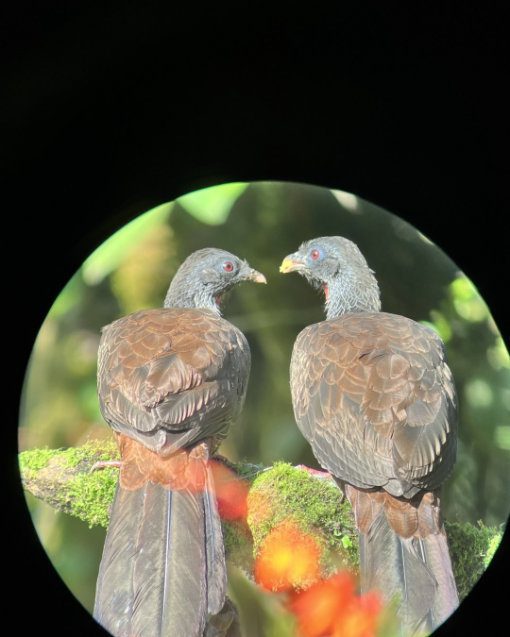

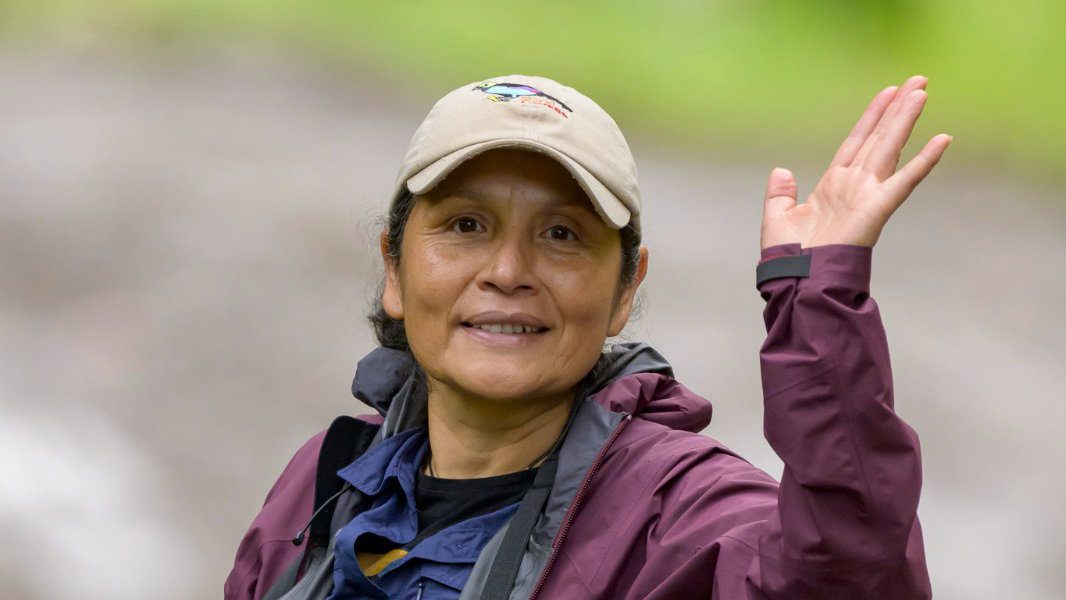
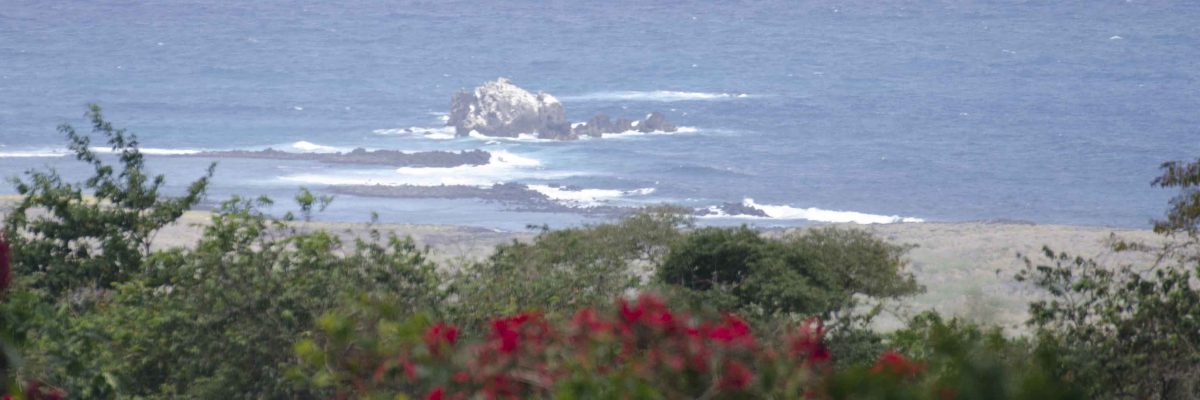
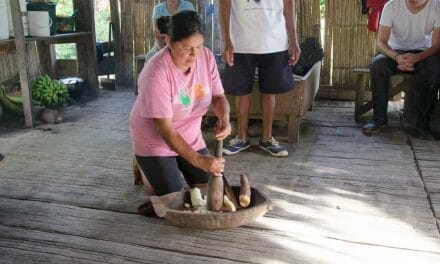

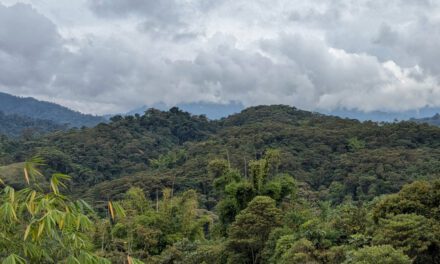

















Angie -In 2014 my wife and I hired Juila as a bird guide while we were in Mindo fr a short visit. She was incredible. We had an amazing morning with her and saw and heard many birds. I am along time active birder and my daughter and I will be in Mindo Feb 9-11, 2026. We would really like to hire Julia again for 2 morning outings. Is this possible?
Hi Mike, I’m glad we were able to help you get in touch with Julia! Enjoy your upcoming trip to Ecuador!